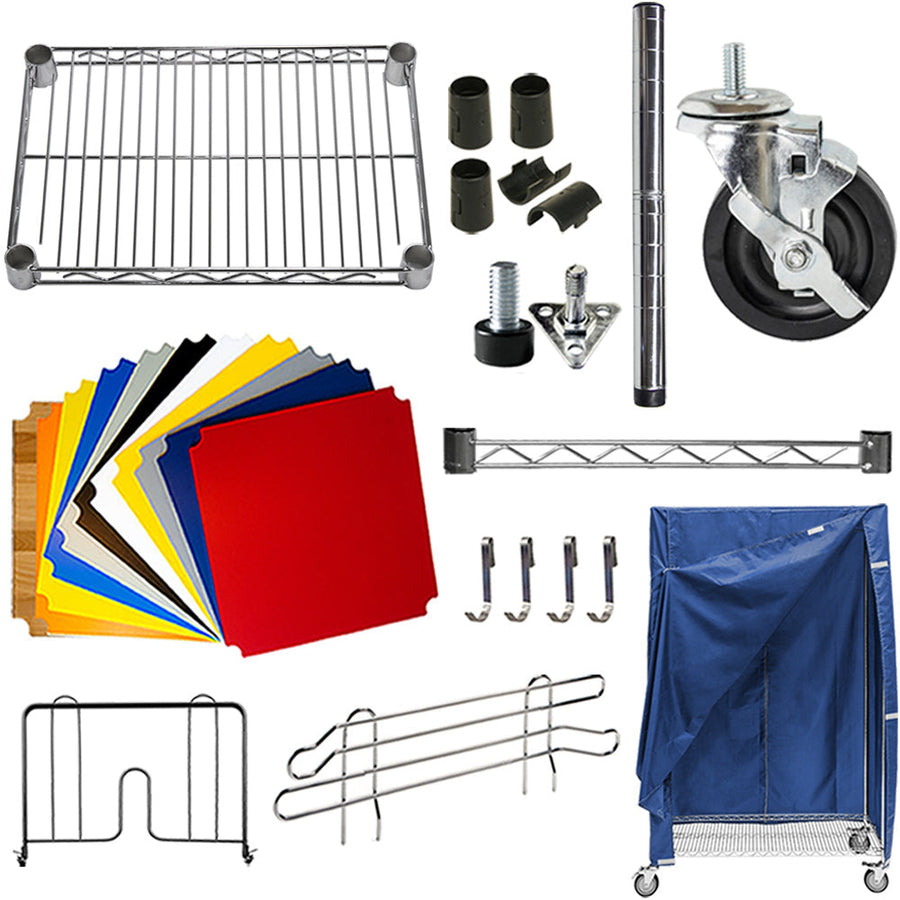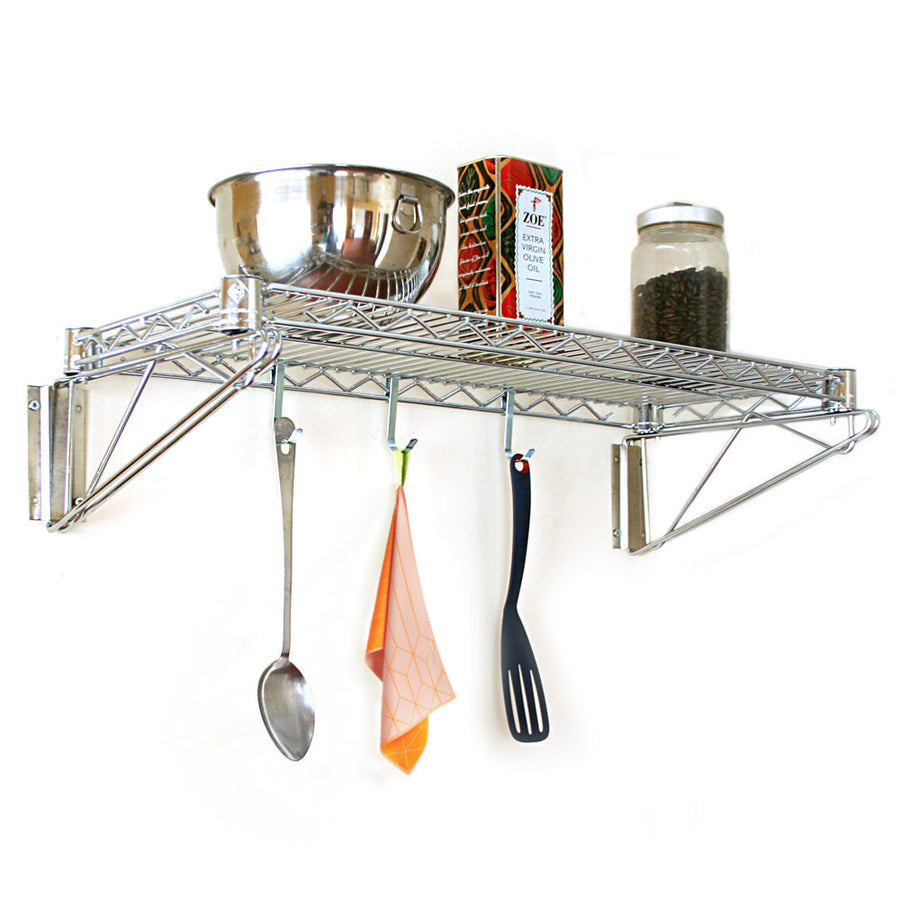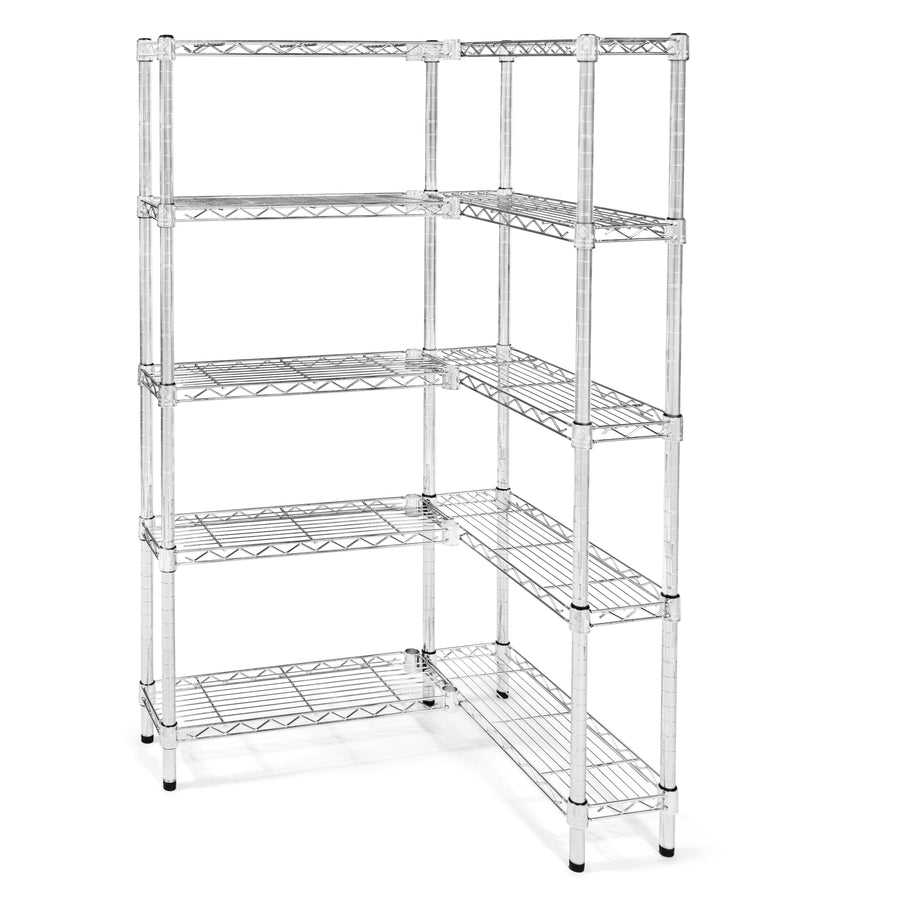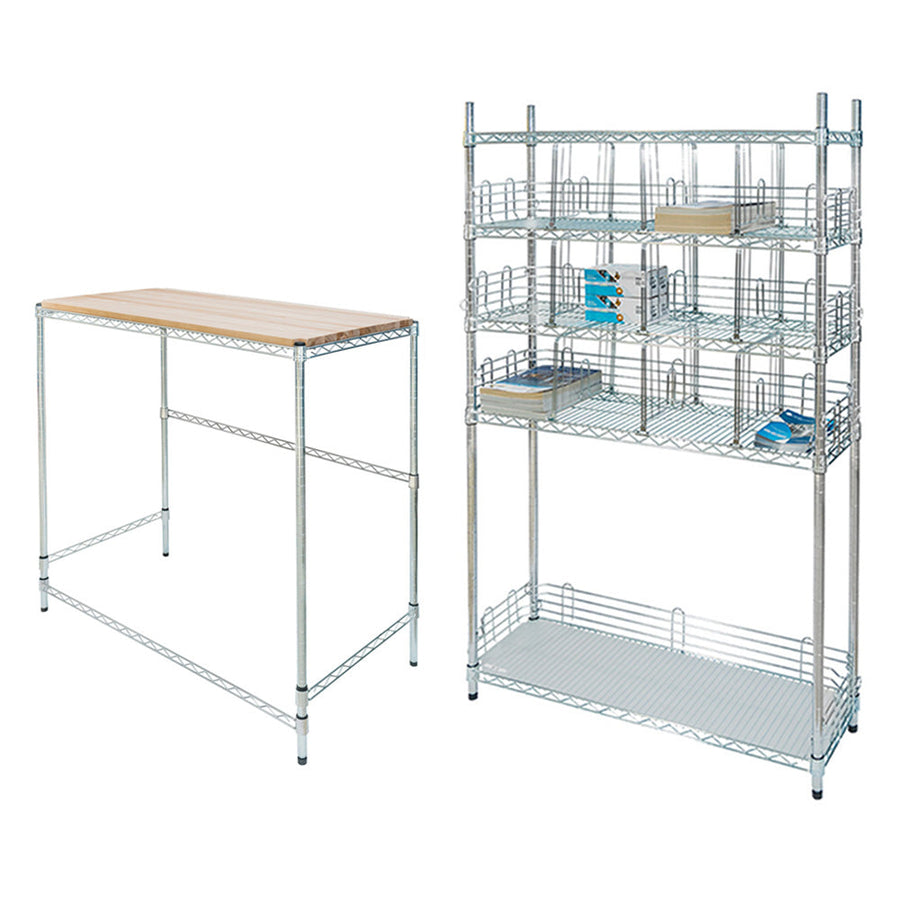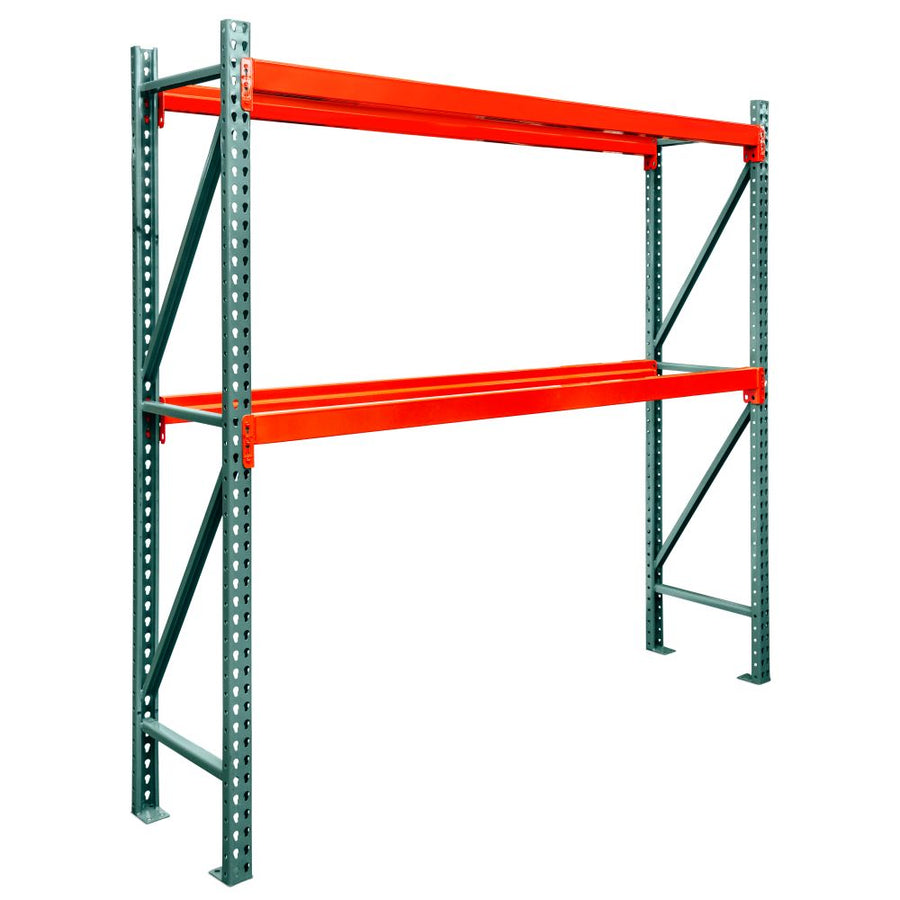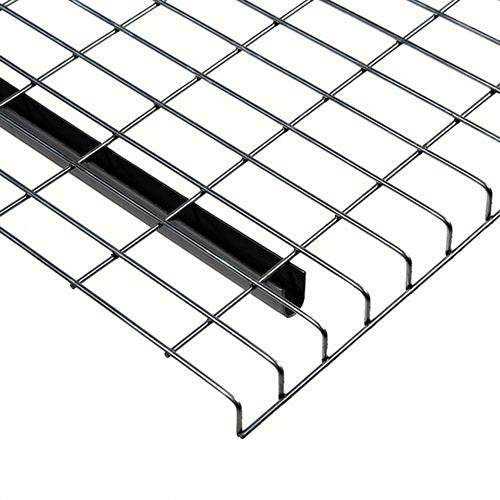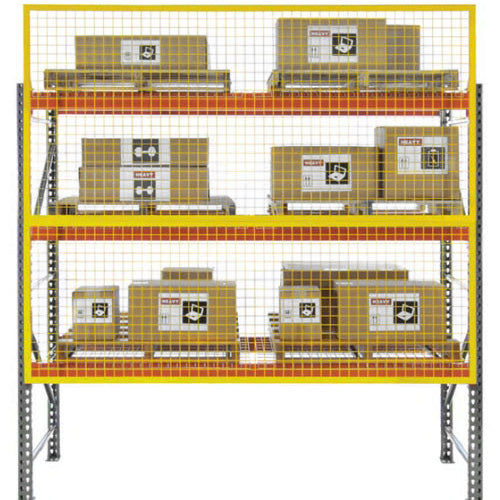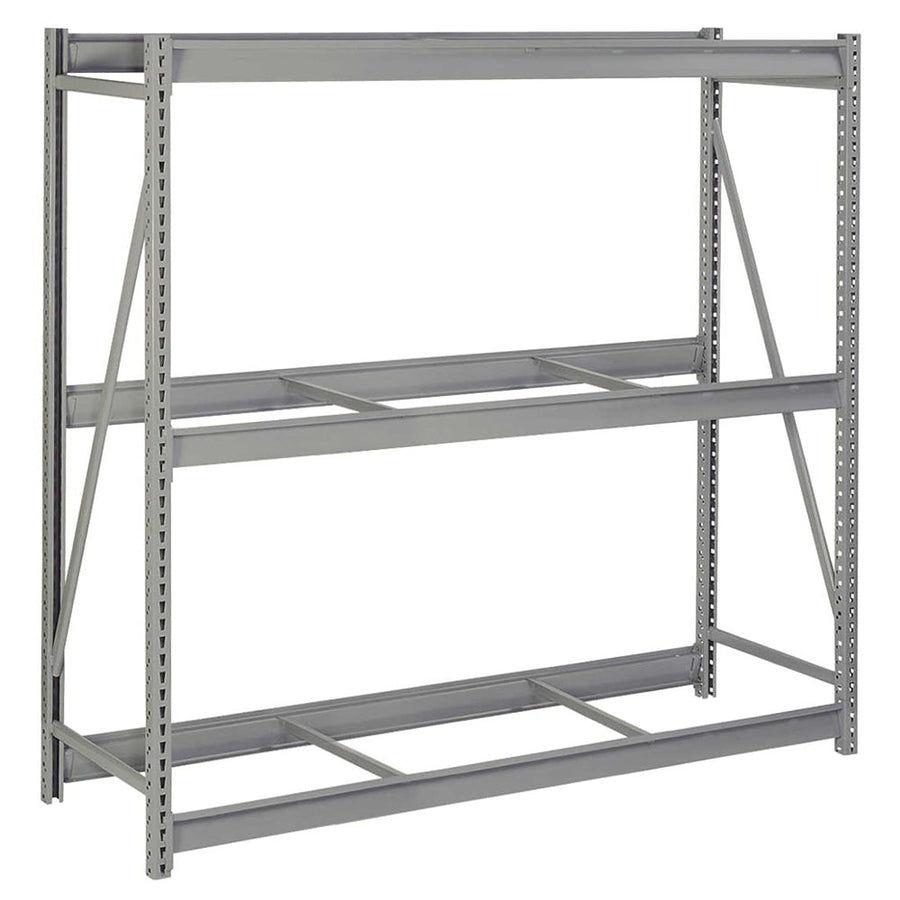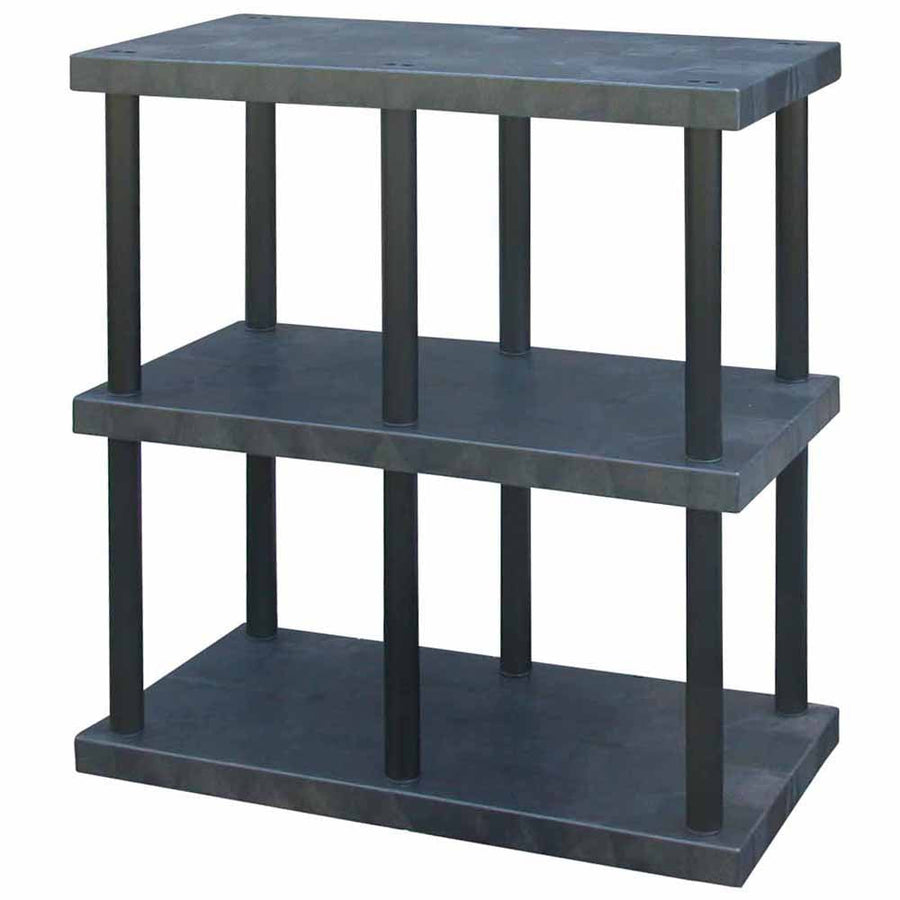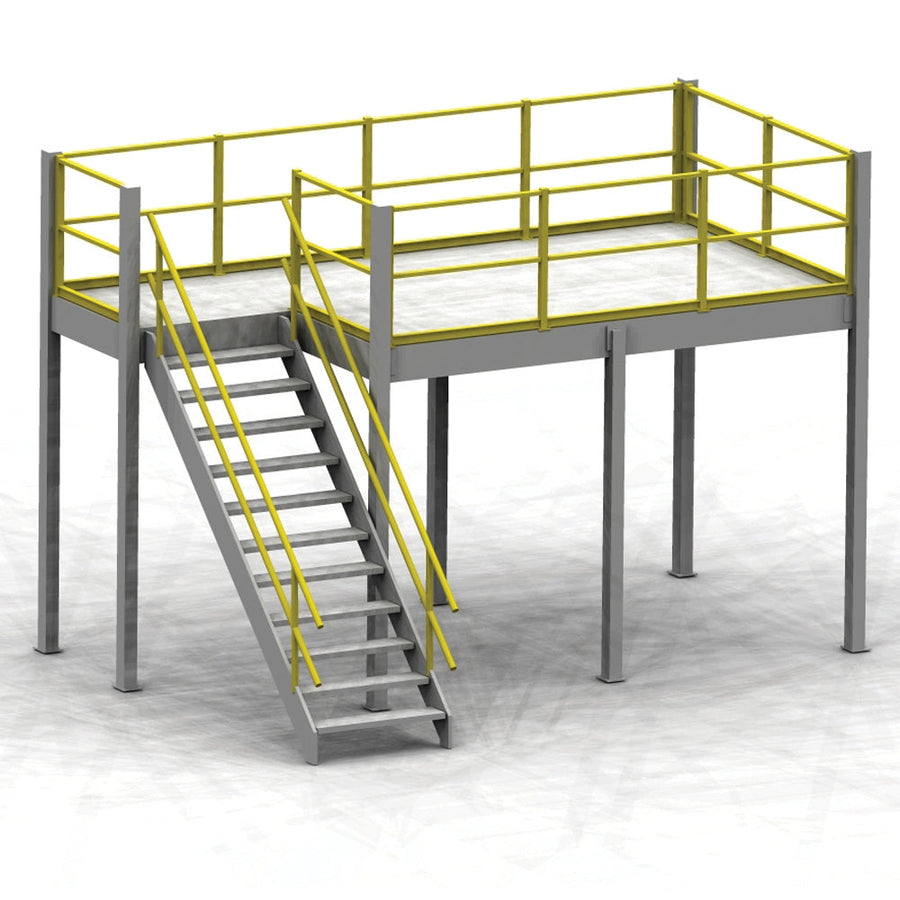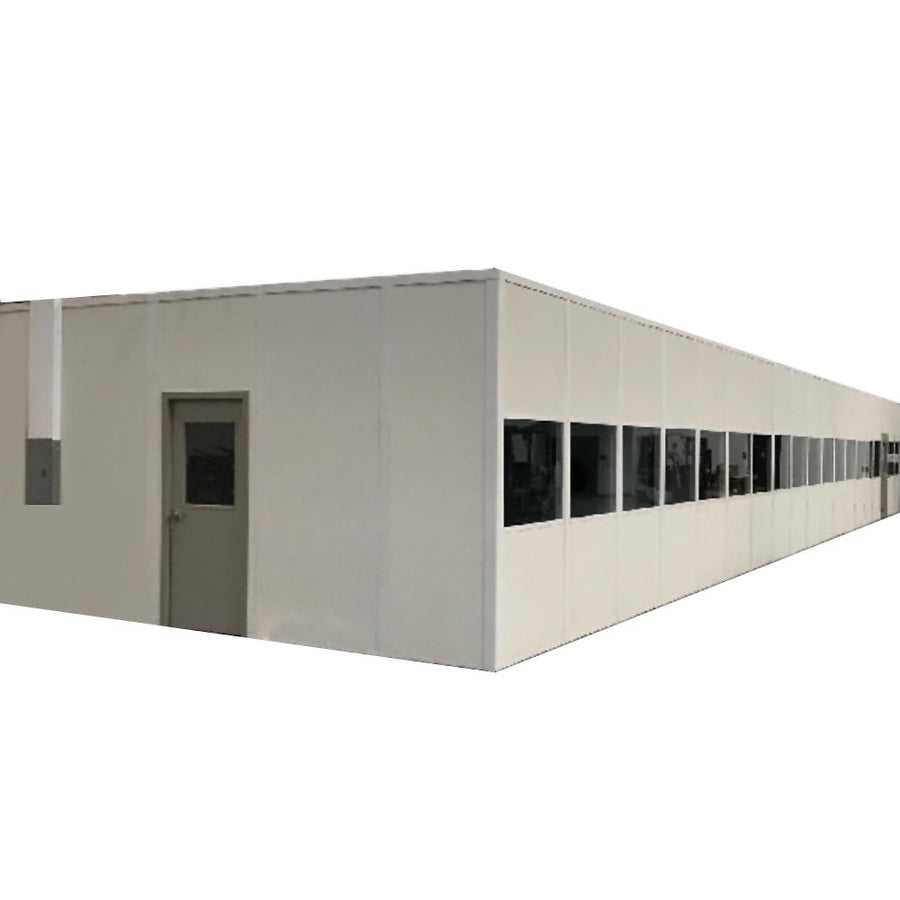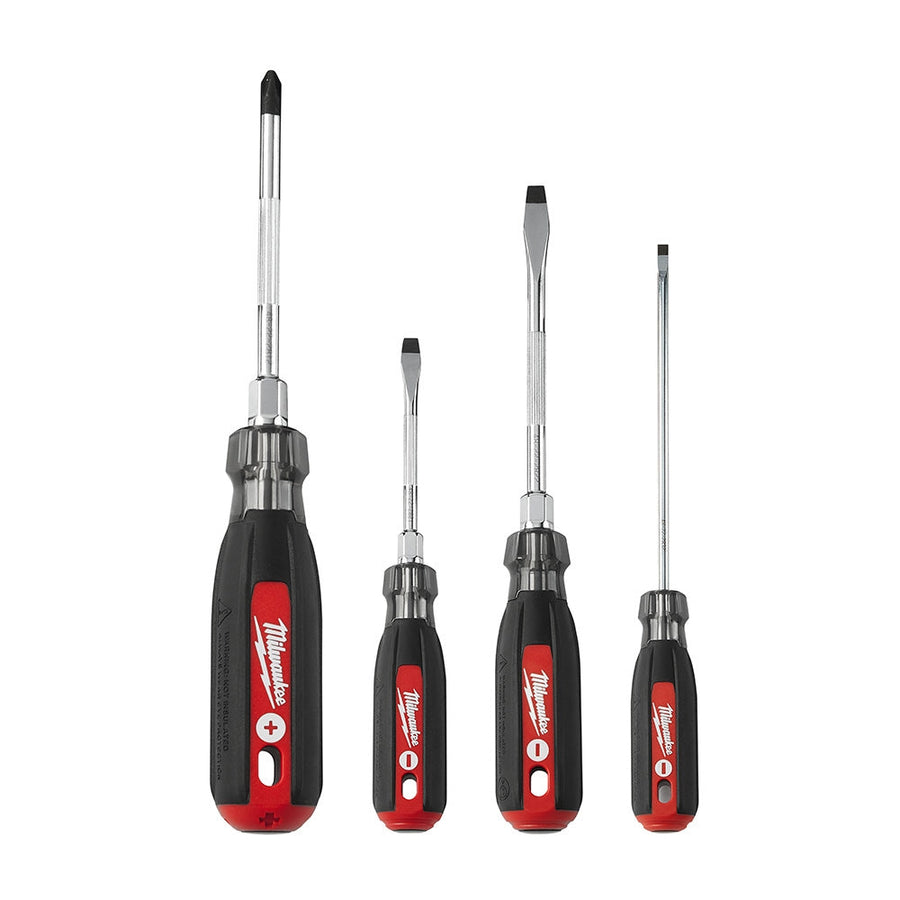Every year brings with it a number of lessons for warehouse staff and management, and 2024 was no exception.
If there’s one lesson that always applies, it’s flexibility. As we all continue to adjust to “the new normal” for however long that might take, the entire logistics chain will continue to update as well.
Of course, knowing how and when to adapt is crucial to success. Here’s a few of the biggest and/or most common issues that warehouses faced in 2023, and how remembering these lessons can make the future even easier and more productive.
Lessons Learned for Warehouses in 2024
Space for the whole team
Even if we’re at a point where nobody calls it “social distancing”, a lot of warehouses still find themselves adjusting to provide greater space between each of their team members.The reasons for this are numerous: continued precaution against COVID-19 and other communicable diseases, reduced risk of collision and other accidents, and more elbow room to get tasks done. This was likely an adjustment for a lot of warehouses, especially those of us who are used to…making the most of all available space. But at the end of the day, the additional safety and comfort provided by increasing the available work space has provided a number of benefits to warehouses and their staff, and this trend is likely to continue.
Increasing throughput
Similarly, any warehouse that has redesigned their floor plan to provide additional space for workers has also had to accommodate the amount of items coming into and out of the warehouse.Particularly for any warehouse that serves delivery or ecommerce clients, a focus was placed on allowing their teams to pick more items independently of one another, to improve individual productivity and make the warehouse floor a little less chaotic. Tools like wire utility carts and pallet trucks saw an increased use to help goods and workers stay mobile, and gravity conveyors were used to help access products more quickly, even in times when fewer staff was present in the warehouse.
Streamlining picking processes
Thanks to today’s ecommerce boom, orders are coming into warehouses faster than ever - which means they need to be going out of the warehouse just as quickly.Gravity flow racks have become a more common sight to help products get to their destination even faster than before, and the process of locating and picking an item has become even more economical thanks to the rise of RFID scanners, as well as a greater emphasis being placed on item location - if the most popular items are the easiest ones to find, the warehouse will work better for everyone.
Maximizing space
Lastly, the rise of real estate costs has meant that warehouses need to find a way to make the most of the room they have. It’s not financially viable for most warehouses to open a second location or just up and move into a larger one right now, which means that warehouse planners have needed to think a little more carefully about what goes where.High density storage has become a common solution to many warehousing problems, as it allows for a greater number of items to be stored in a smaller space. Even if warehouses didn’t have the space for new shelving, careful rearranging of existing shelves to allow room for more items as well as an easier path for foot traffic has been a top strategy for maximizing existing space.
What lessons did you learn for your warehouse this year? And, perhaps more importantly, how will you carry those lessons forward with you into the future?



